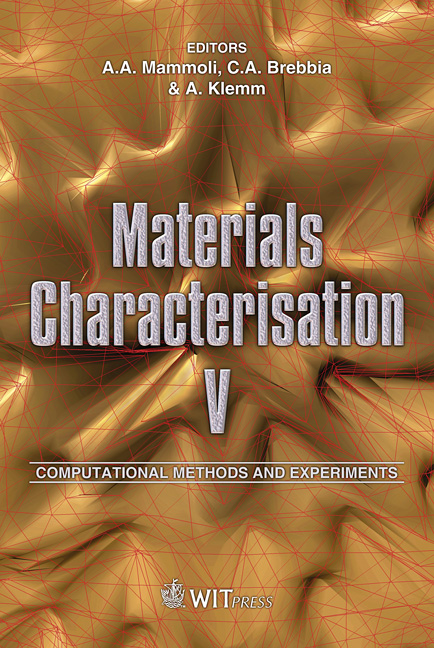Material Characterisation To Understand Various Modes Of Corrosion Failures In Large Military Vehicles Of Historical Importance
Price
Free (open access)
Transaction
Volume
72
Pages
12
Page Range
95 - 106
Published
2011
Size
1,985 kb
Paper DOI
10.2495/MC110091
Copyright
WIT Press
Author(s)
A. Saeed, Z. Khan, N. Garland & R. Smith
Abstract
Large military vehicles within museum collections are stored in two distinct environments, controlled and uncontrolled, with an intermittent transitional mode where vehicles travel between the two. Variable environmental conditions combined with operational factors pose significant risks to the reliability, durability and longevity of these vehicles. Although there are methods for retarding or decelerating aspects of failure, to maintain the integrity and originality of these vehicles as artefacts a sustainable methodology for conserving these vehicles should be developed. Corrosion is one of the significant contributors to the structural damage and material aging of historical military vehicles; therefore an experimental study was conducted to understand the prevailing mechanisms of failures due to corrosion with various types occurring in these vehicles identified. This paper presents various modes of corrosion in historic vehicles while X-ray Fluorescence and ultrasonic scanning corrosion mapping techniques characterise corrosion inhibiting materials and subsequent material loss. Understanding material profiles and their link to environmental exposure during use and non use of these vehicles will lead to a sustainable methodology for their conservation. Keywords: sustainable, military, vehicle, corrosion, materials, conservation.
Keywords
sustainable, military, vehicle, corrosion, materials, conservation





